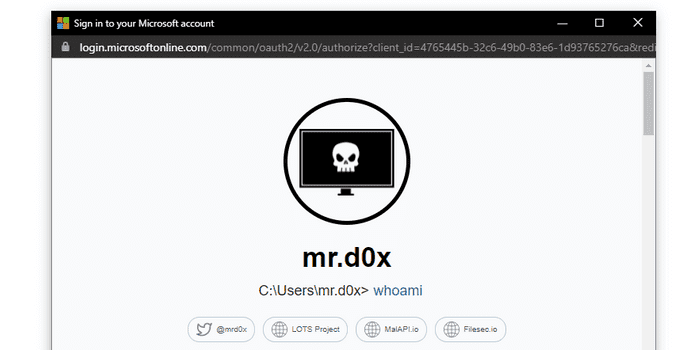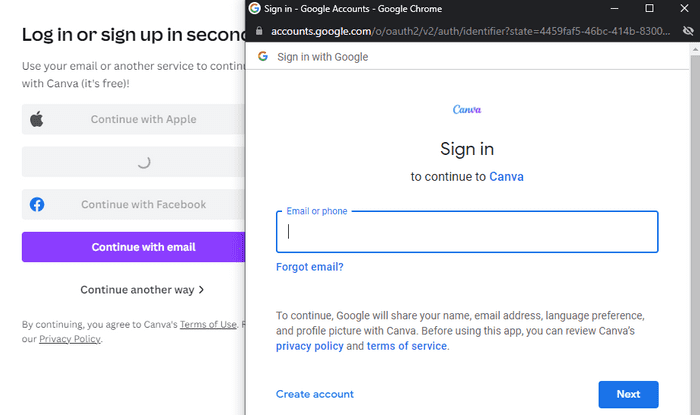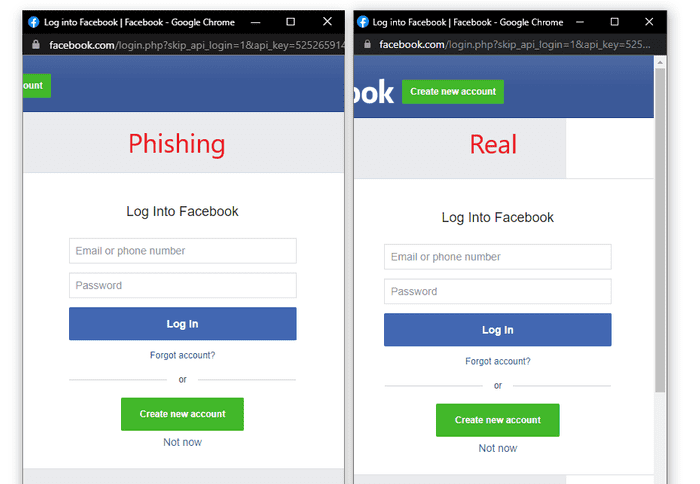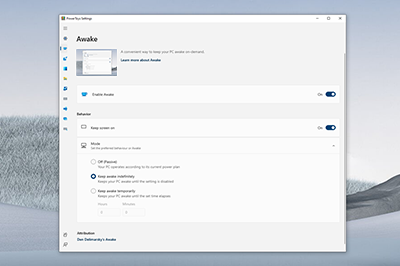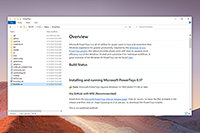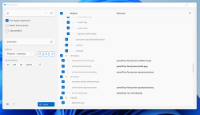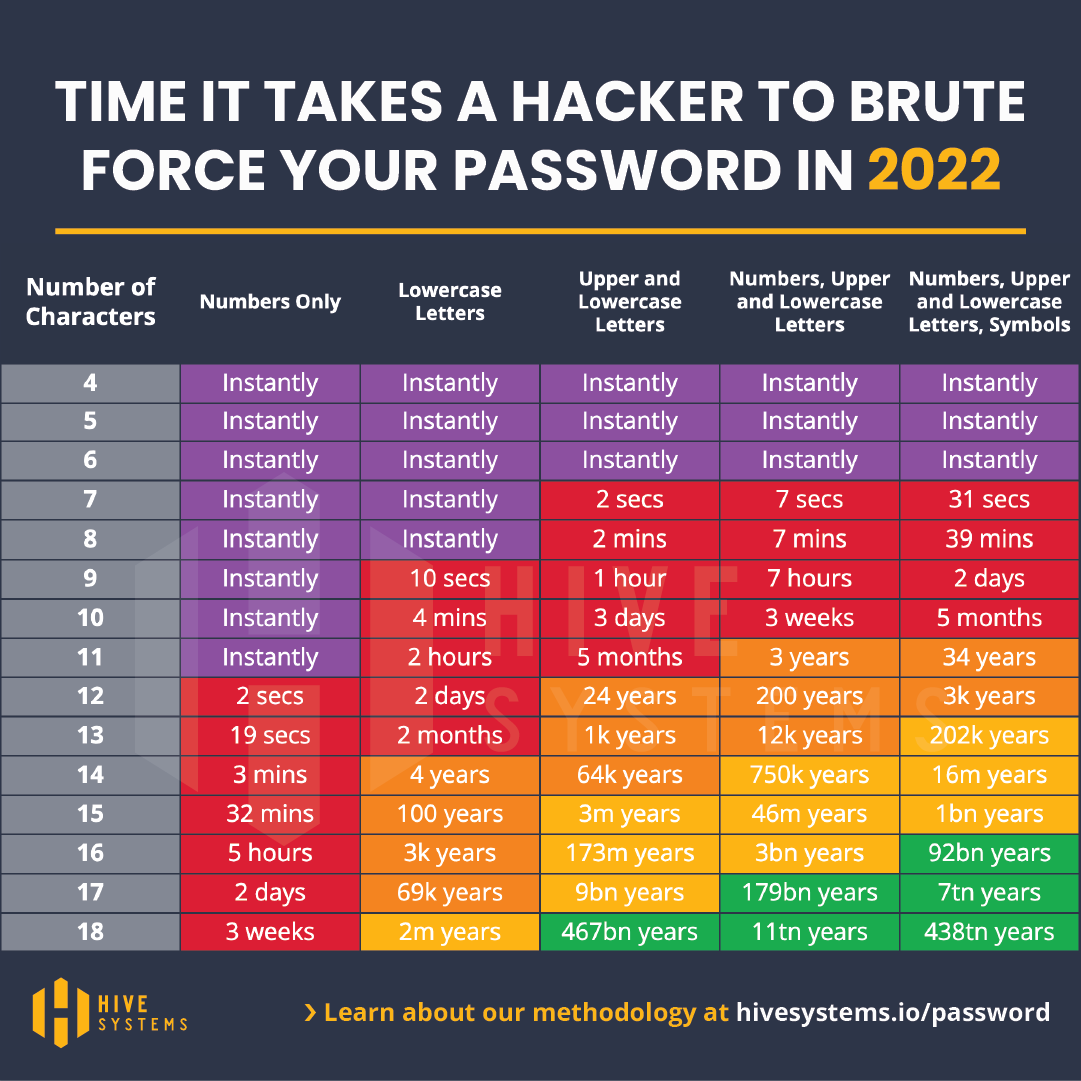[…]
cases have become so widespread that the bureau has a name for them: virtual kidnappings. “It’s a telephone extortion scheme,” says Arbuthnot, who heads up virtual-kidnapping investigations for the FBI out of Los Angeles. Because many of the crimes go unreported, the bureau doesn’t have a precise number on how widespread the scam is. But over the past few years, thousands of families like the Mendelsteins have experienced the same bizarre nightmare: a phone call, a screaming child, a demand for ransom money, and a kidnapping that — after painful minutes, hours, or even days — is revealed to be fake.
[…]
Valerie Sobel, a Beverly Hills resident who runs a charitable foundation, also received a call from a man who told her he had kidnapped her daughter. “We have your daughter’s finger,” he said. “Do you want the rest of her in a body bag?” As proof, the kidnapper said, he was putting her daughter on the phone. “Mom! Mom!” she heard her daughter cry. “Please help — I’m in big trouble!” Like Mendelstein, Sobel was told not to take any other calls. After getting the ransom money from her bank, she was directed to a MoneyGram facility, where she wired the cash to the kidnappers — only to discover that her daughter had never been abducted.
The cases weren’t just terrifying the victims; they were also rattling police officers, who found themselves scrambling to stop kidnappings that weren’t real. “They’re jumping fences, they’re breaking down doors to rescue people,” Arbuthnot tells me. The calls were so convincing that they even duped some in law enforcement.
[…]
I’m listening to a recording of a virtual kidnapping that Arbuthnot is playing for me, to demonstrate just how harrowing the calls can be. “It begins with the crying,” he says. “That’s what most people hear first: Help me, help me, help me, Mommy, Mommy, Daddy.”
Virtual kidnapping calls, like any other telemarketing pitch, are essentially a numbers game. “It’s literally cold-calling,” Arbuthnot tells me. “We’ll see 100 phone calls that are total failures, and then we’ll see a completely successful call. And all you need is one, right?”
The criminals start with a selected area code and then methodically work their way through the possible nine-digit combinations of local phone numbers. Not surprisingly, the first area where the police noticed a rash of calls was 310 — Beverly Hills. But it’s not enough to just get a potential mark to pick up. Virtual kidnapping is a form of hypnosis: The kidnappers need you to fall under their spell. In hacker parlance, they’re “social engineers,” dispassionately rewiring your reactions by psychologically manipulating you. That’s why they start with an emotional gut punch that’s almost impossible to ignore: a recording of a child crying for help.
The recordings are generic productions, designed to ensnare as many victims as possible. “They’re not that sophisticated,” Arbuthnot tells me. It’s a relatively simple process: The criminals get a young woman they know to pretend they’ve been kidnapped, and record their hysterical pleas. From there, the scheme follows one of two paths. Either you don’t have a kid, or suspect something is amiss, and hang up. Or, like many parents, you immediately panic at the sound of a terrified child.
Before you can form a rational thought, you blurt out your kid’s name, if only to make sense of what you’re hearing. Lisa? you say. Is that you? What’s wrong?
At that point, you’ve sealed your fate. Never mind that the screams you’re hearing aren’t those of your own kid. In a split second, you’ve not only bought into the con, but you’ve also given the kidnappers the one thing they need to make it stick. “We’ve kidnapped Lisa,” they tell you — and with that, your fear takes over. Adrenaline floods your bloodstream, your heart rate soars, your breath quickens, and your blood sugar spikes. No matter how skeptical or street-savvy you consider yourself, they’ve got you.
[…]
The other elements of virtual kidnappings are taken straight from the playbook for classic cons. Don’t give the mark time to think. Don’t let them talk to anyone else. Get them to withdraw an amount of cash they can get their hands on right away, and wire it somewhere untraceable. Convince them a single deviation from your instructions will cost them dearly.
[…]
the most innovative aspect of the scheme was the kidnapping calls: They were made from inside the prison in Mexico City, where Ramirez was serving time. “Who has time seven days a week, 12 hours a day, to make phone calls to the US, over and over and over, with a terrible success rate?” Arbuthnot says. “Prisoners. That was a really big moment for us. When we realized what was happening, it all made sense.”
[…]
there’s an obvious problem: Ramirez and Zuniga are already incarcerated, as the feds suspect is the case with almost every other virtual kidnapper who is still cold-calling potential victims. Which raises the question: How do you stop a crime that’s being committed by criminals you’ve already caught?
“What are we going to do?” Arbuthnot says. “We’re going to put these people in jail? They’re already in jail.”
[…]

